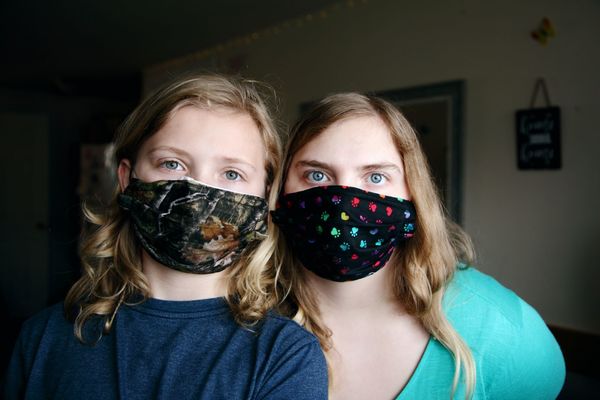
Key Takeaways
- The researchers continue to calculate monthly estimates of the U.S. poverty rate during COVID-19. They are reported here.
- The poverty rate fell by 1.5 percentage points from 10.9% in the months leading up to the Covid-19 pandemic (January and February 2020) to 9.4% in the three months at the start of the pandemic (April, May, and June 2020).
- The entire decline in poverty early on can be accounted for by the one-time stimulus checks the federal government issued, predominantly in April and May, and the expansion of unemployment insurance eligibility and benefits. In fact, in absence of these programs, poverty would have risen sharply.
- Poverty rose, however, as some of the benefits that were part of the government relief package expired. Poverty rose 1.4 percentage points from 9.4% in the period from April to June 2020 to 10.8% for August and September 2020, erasing the decline in poverty that occurred early on in the pandemic.
Mechanics
In this study, the researchers construct new measures of the income distribution and income-based poverty with a lag of only a few weeks using high-frequency data for a large, representative sample of U.S. families and individuals. They rely upon the Basic Monthly Current Population Survey (Monthly CPS), which includes a greatly underused global question about annual family income.
A clear advantage of using the Monthly CPS to estimate changes in income and poverty is that the quick release of this information allows the researchers to examine the immediate impact of Covid-19-related economic conditions and government policies. For example, given data release dates, analyses of income from the Monthly CPS would have revealed the negative impact of the Great Recession a full 14 months before official estimates indicated an increase in poverty.
LEO's approach generates immediately useful income and poverty estimates for the overall population, as well as how these rates vary by demographic groups and geography. It also validates this new and timely measure of family income by comparing estimates that rely on these data to estimates from data on income that have been used much more broadly and that have a long historical track record. These validations help other researchers understand the advantages and limitations of using more timely income data to understand changes in economic wellbeing.
What We Learned
The main results of the real-time poverty estimates study show that poverty fell shortly after the start of the pandemic due in large part to the generous government relief package. As these benefits expired, however, poverty rose. The poverty rate fell by 1.5 percentage points from 10.9% in the months leading up to the Covid-19 pandemic (January and February 2020) to 9.4% in the three months at the start of the pandemic (April, May, and June 2020).
During this early stage of the pandemic, poverty declined across a range of demographic groups and geographies, with some of the most noticeable declines evident for people with low levels of education and for those who fall into the “other race” (neither white nor Black) category. The entire decline in poverty early on can be accounted for by the one-time stimulus checks the federal government issued, predominantly in April and May 2020, and the expansion of unemployment insurance eligibility and benefits. In fact, in absence of these programs, poverty would have risen sharply.
Poverty rose, however, in more recent months as some of the benefits that were part of the government relief package expired. Poverty rose 1.4 percentage points from 9.4% in the period from April to June 2020 to 10.8% for August and September 2020, erasing the decline in poverty that occurred early on in the pandemic.
The increase in poverty in these more recent months was more noticeable for Blacks, children, those with a high school education or less, and those in states with less effective unemployment insurance systems. This rise may be an indication of future increases in poverty given that Pandemic Unemployment Compensation--the additional $600 paid weekly to unemployment insurance recipients--was discontinued at the end of July 2020 and Congress had not passed another relief package.
Where We’re Going
This study makes two important contributions. First, it provides near-immediate estimates of income and poverty for policymakers, who can use the information to track whether their efforts are succeeding in reaching the country’s most vulnerable. Second, this study will inform researchers about the advantages, disadvantages, and possibilities of using real-time income data to estimate the poverty rate and other key economic measures during an unfolding crisis.
The authors presented the results of their study at the Brookings Papers on Economic Activity Conference, and the Brookings Institution will publish the study later this year. The authors will continue to calculate monthly estimates of the U.S. poverty rate as the COVID-19 pandemic develops and report them here.
Learn with us.